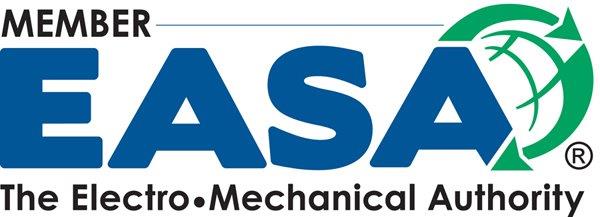In the realm of electric motor maintenance and reliability, understanding shaft voltage and bearing currents is crucial for preventing premature bearing failure and costly downtime. These phenomena, often overlooked in routine inspections, can cause significant damage to motor components if not properly monitored and managed. Accurate measurement of shaft voltage and bearing currents allows maintenance teams to diagnose potential issues before they escalate, ensuring optimal motor performance and longevity.
What Are Shaft Voltage and Bearing Currents?
Shaft voltage refers to the electrical potential difference that can develop between the motor shaft and ground during motor operation. This voltage is typically generated by common-mode currents induced by the motor’s inverter or variable frequency drive (VFD) switching signals.
Bearing currents are stray electrical currents that flow through the motor bearings as a result of the shaft voltage seeking a path to ground. These currents can cause electrical discharge machining (EDM) damage, manifesting as pitting or fluting on bearing surfaces, which significantly reduces bearing life.
Causes of Shaft Voltage and Bearing Currents
- Inverter-fed motors: High-frequency voltage pulses from VFDs generate common-mode currents that induce shaft voltage.
- Capacitive coupling: The motor’s stator windings and rotor form capacitances that transfer voltage to the shaft.
- Insufficient grounding: Poor or missing ground paths allow voltage to build on the shaft.
- High-frequency switching: Fast switching transients increase the likelihood of shaft voltage buildup.
Why Measure Shaft Voltage and Bearing Currents?
Measuring these parameters is essential to:
- Identify early signs of bearing damage due to electrical discharge.
- Validate the effectiveness of mitigation solutions such as insulated bearings or shaft grounding brushes.
- Ensure compliance with industry standards and manufacturer recommendations.
- Reduce unplanned downtime by enabling predictive maintenance.
Methods for Measuring Shaft Voltage
Shaft voltage measurement typically involves high-impedance voltmeters or shaft voltage probes designed to detect low-level voltages without influencing the measurement. Common techniques include:
- Direct shaft voltage measurement: Using a conductive brush or probe contacting the shaft to directly measure voltage relative to ground.
- Capacitive coupling measurement: Employing non-contact capacitive sensors to estimate shaft voltage based on electric field strength.
Methods for Measuring Bearing Currents
Measuring bearing currents can be more challenging due to their high frequency and low magnitude. Techniques include:
- Current sensors: Installing current transformers or Hall-effect sensors around bearing return paths or grounding conductors.
- Oscilloscope analysis: Using high-frequency oscilloscopes to capture transient bearing current pulses.
- Use of specialized bearing current probes: Designed to detect and quantify electrical discharge pulses through bearings.
Best Practices for Accurate Measurement
- Ensure proper grounding: Establish a stable reference point to avoid measurement errors.
- Use shielded cables: Minimize electromagnetic interference from the environment.
- Employ high-frequency capable instrumentation: Capture transient events that standard meters may miss.
- Perform measurements under various operating conditions: Including different speeds and loads to identify worst-case scenarios.
- Regular calibration and maintenance of measurement equipment: Guarantees reliable data over time.
Mitigating Shaft Voltage and Bearing Currents
Once measurements confirm problematic shaft voltage or bearing currents, several mitigation strategies can be implemented:
- Shaft grounding brushes: Provide a low-resistance path to ground, preventing voltage buildup.
- Insulated bearings: Electrically isolate the bearing to prevent current flow.
- Use of common-mode chokes: Reduce common-mode currents generated by VFDs.
- Proper cable routing and grounding: Minimize capacitive coupling and interference.
Understanding and measuring shaft voltage and bearing currents is a vital part of modern motor condition monitoring. With accurate data and appropriate mitigation, the longevity and reliability of motors can be significantly improved, reducing operational costs and downtime.
For expert guidance on shaft voltage and bearing current measurements, or to schedule a motor assessment, contact The Pump & Motor Works, Inc. Our experienced team is ready to help you protect your equipment and optimize performance.



